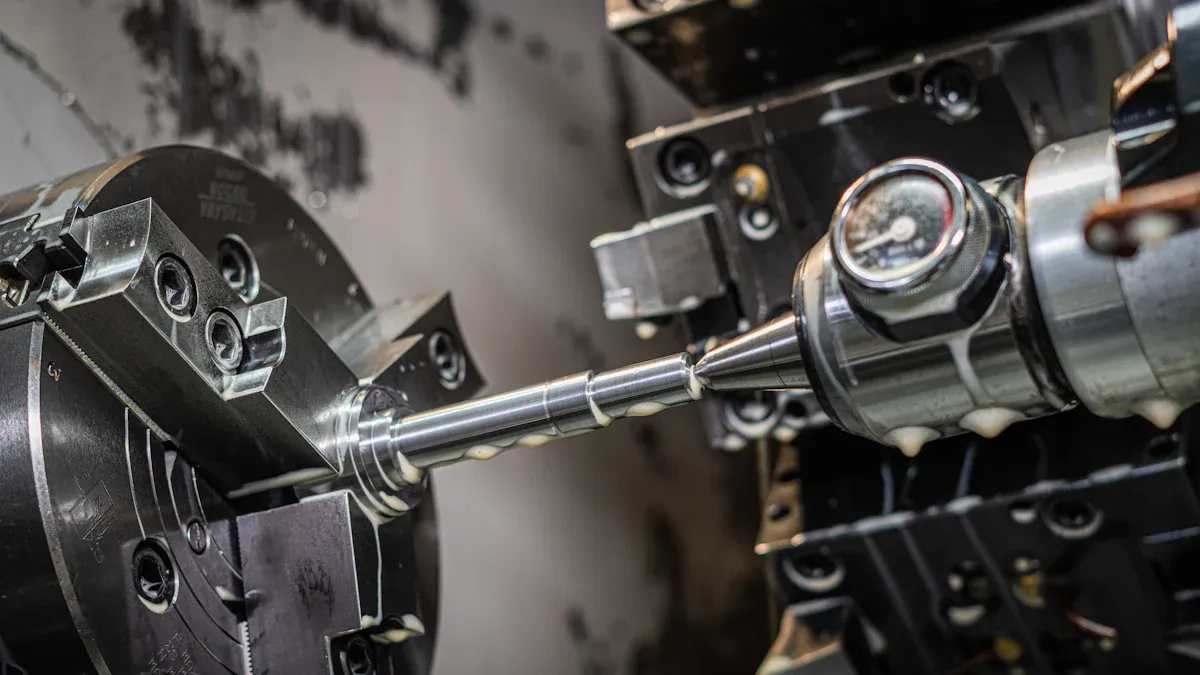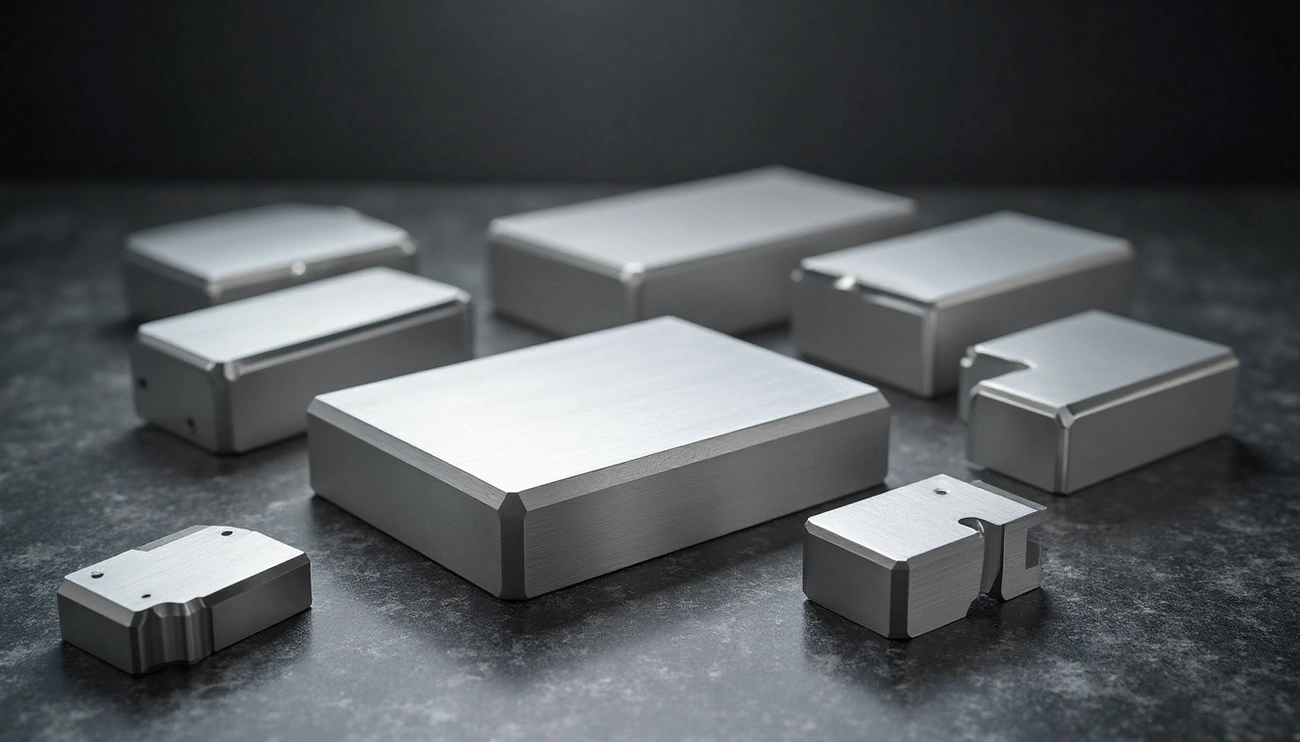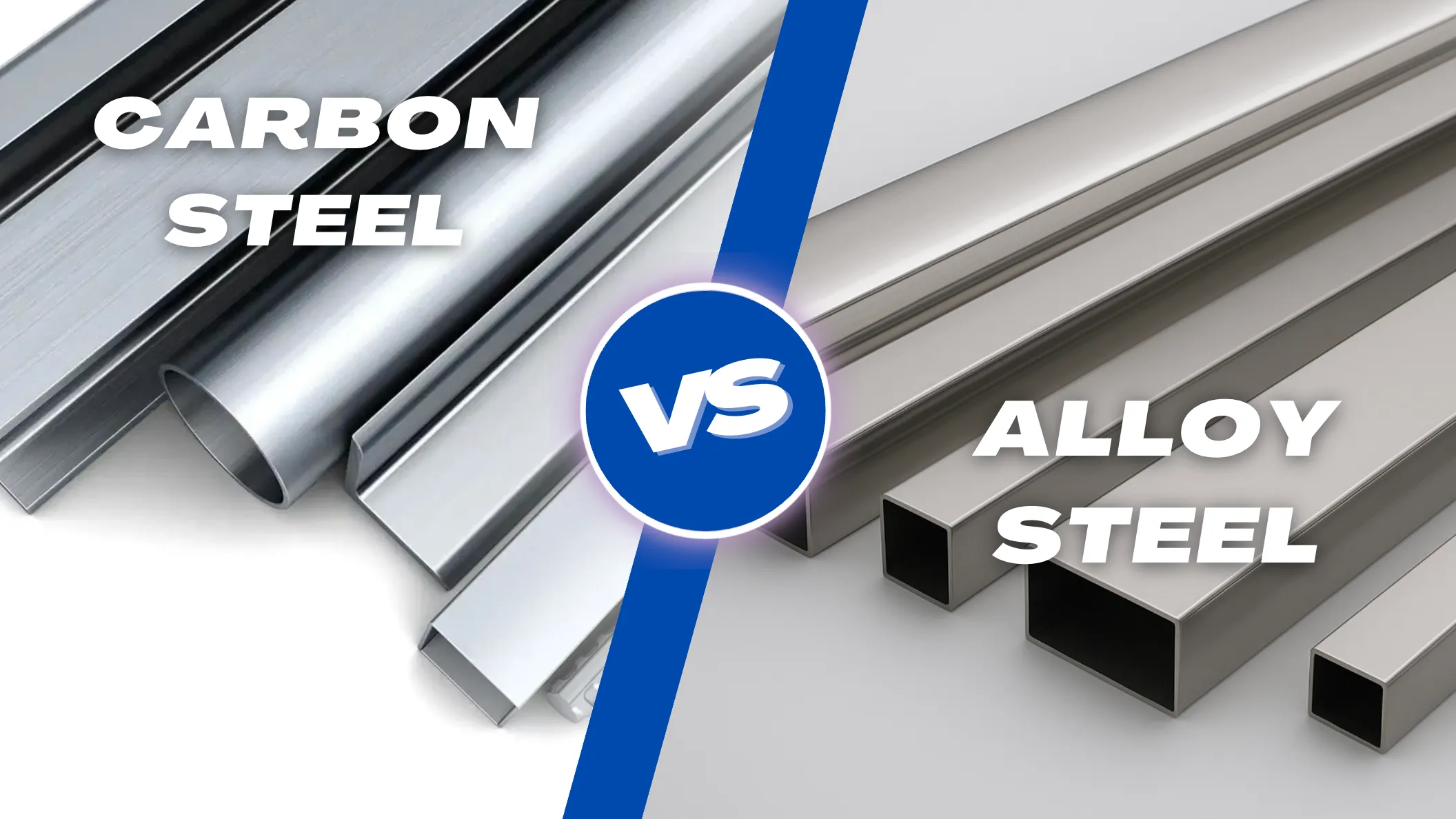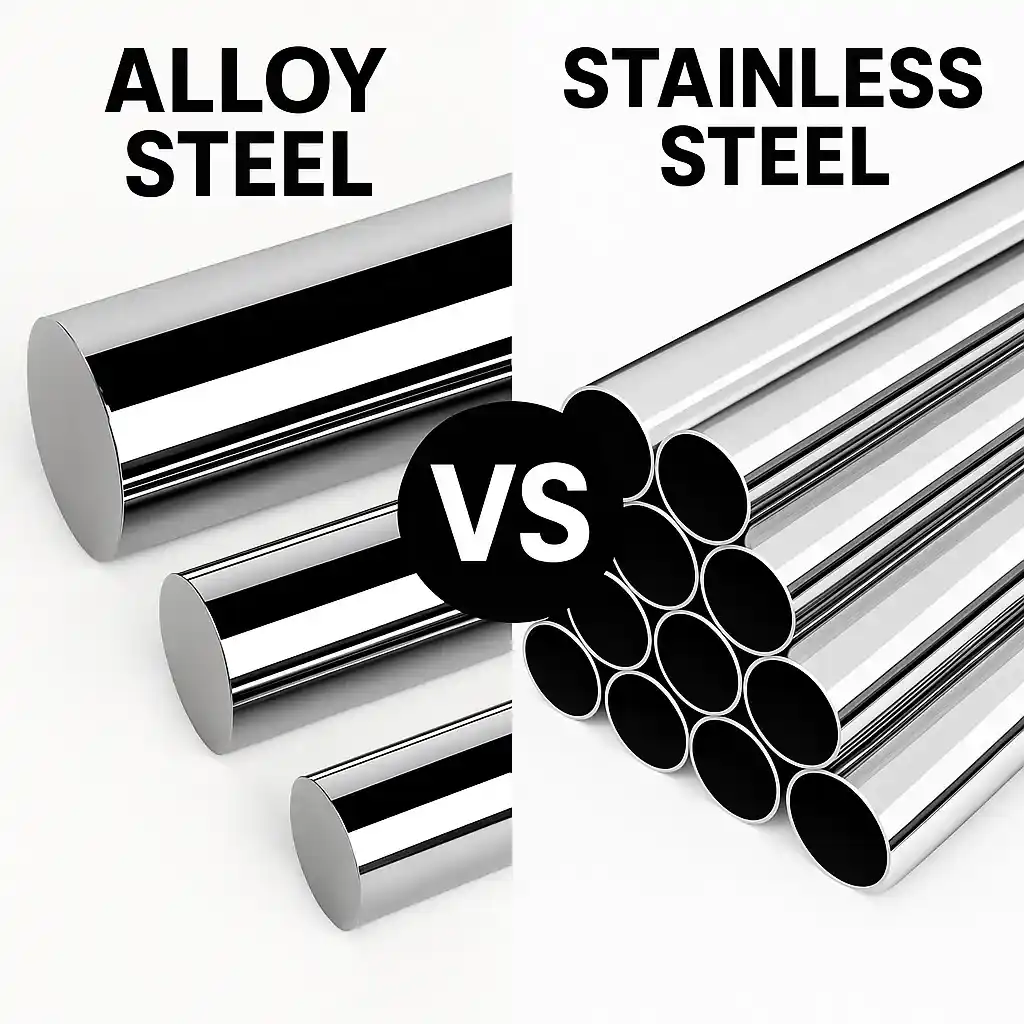Did you know Swiss Machining can make parts very exact? It can make parts with tolerances smaller than one-thousandth of an inch. This technology is used when you need tiny and tricky pieces. You see it in medical, aerospace, or car projects. New machines and AI-driven automation help a lot. They let you get better accuracy and work faster. You also save time and money. These changes help you meet the need for precise parts. Today’s industries move fast and need these improvements.
Key Takeaways
- Swiss Machining makes very accurate parts with tight tolerances. It is great for small and tricky jobs in medical, aerospace, and watchmaking fields. Using the right tools, good software, and proper setup helps make parts faster. It also lowers mistakes and makes tools last longer. Picking the right materials and taking care of machines often keeps quality steady. It also saves money on repairs and wasted parts. Smart cycle time plans and multi-axis machines make parts much faster. This helps you keep up with fast industry needs. Keep learning new things and work with skilled shops to get the best results. This will help you improve your machining skills.
Swiss Machining Basics
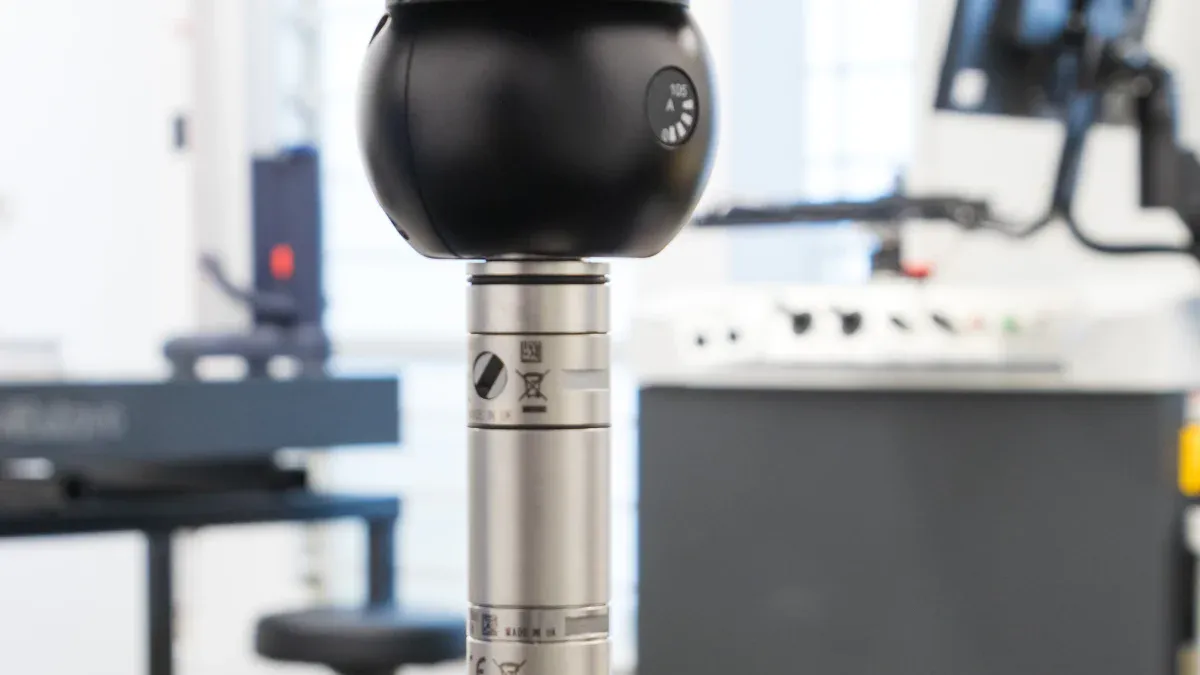
What Is Swiss Machining
You might ask what makes Swiss Machining different. Swiss Machining uses a sliding headstock and a guide bushing. These parts hold the bar stock close to the cutting tool. This keeps the workpiece steady and stops it from shaking. You can make parts with very tight tolerances, like 0.0002 to 0.0005 inches. The spindle can spin up to 10,000 RPM. This helps you make small and long parts with high accuracy. Swiss Machining holds the material right at the cutting spot. This lets you make thin, delicate, or tricky shapes that are hard for other machines.
Key Advantages
Swiss Machining gives you many good things for your projects:
- High Precision: You can get tolerances as fine as 0.0001 inch. The guide bushing and sliding headstock keep the material steady. This means you get the same results every time.
- Multi-Axis Capability: Many Swiss machines use more than one axis and tool at once. You can finish complex parts in one setup. This saves time and lowers mistakes.
- Speed and Efficiency: Spindle speeds can go up to 12,000 RPM. You can make more parts faster and get a smoother finish.
- Ideal for Small, Complex Parts: Swiss Machining is best for small, long, or detailed parts. Medical, aerospace, electronics, and watchmaking industries use this method for their hardest parts.
Tip: If you need parts for medical implants, aerospace fasteners, or watch movements, Swiss Machining gives you the precision and repeatability you need.
Here is a simple table showing some features and what they do:
| Feature | Benefit | Common Use |
|---|---|---|
| Multi-axis operations | 30% more productivity, 50% less setup time | General machining |
| Guide bushing technology | Micro-tolerance, less tool wear | Medical, aerospace |
| High-speed spindle | Faster cycles, better finish | Watchmaking, automotive |
| Vibration damping | Fewer defects, smoother surfaces | All industries |
Swiss Machining helps you follow strict rules and make great parts for many industries.
Key Secrets
Precision and Tolerances
Swiss Machining can make parts very exact. It can reach tolerances as tight as ±0.0001 inches. Many fields, like medical and aerospace, need this accuracy. Watchmakers also use tiny tolerances, measured in microns. The machine holds the material close to the tool. The sliding headstock and guide bushing keep the part steady. This helps when cutting thin or long shapes.
Tooling and Setup
You can work faster by picking the right tools and setting up well. Advanced CAM software, like SolidCAM’s iMachining, can cut cycle times a lot. This software keeps the cutting force steady. It helps your tools last longer and gives smoother cuts. Some machines, like the Nexturn SA32XII, use three tools at once. This means you can switch tools fast and save time. Automatic tool setting probes, like those in the Mazak Syncrex series, make setup much quicker. You spend less time changing tools and more time making parts.
| Feature/Tooling Improvement | Impact on Cycle Time and Setup |
|---|---|
| Dual independent gang slides | Three tools cut at once, nearly zero chip-to-chip time |
| Automatic tool setting probes | Setup time cut in half, faster changeovers |
| CAM system integration | Better programming, fewer collisions, faster toolpaths |
Tip: Always check your tool paths in the CAM system first. This helps you avoid crashes and wasting material.
Material Choices
You need to choose the right material for your job. Swiss Machining works best with materials that are easy to cut. For steel, a sulfur content above 0.020% helps cutting and tool life. If sulfur is below 0.015%, tools may break and finishes get rough. Even if two materials look the same, how they are made or finished can change how they work. Swiss Machining also helps you waste less material. This is important when using expensive metals like titanium or special alloys.
- Swiss Machining gives you the same results every time, even for tiny aerospace parts.
- You can do many steps in one cycle, which lowers mistakes.
- You save material, which is important with costly or rare metals.
- You get smooth, clean surfaces, which matter for aerospace and medical parts.
Note: Always ask your supplier about how the material is made and finished. Small changes can really affect your results.
Cycle Time Tips
You can save a lot of time by using smart cycle time tricks. Advanced tools, like conical barrel cutters, and CAM software, such as Hypermill, can cut machining time in half. For example, Little Enterprises North cut their cycle time from 12.5 hours to 6 hours. Evans Industries went from 23 hours to about 13 hours. Using a 5-axis machine lets you finish a part in one setup. This saves even more time.
| Company | Previous Cycle Time | Improved Cycle Time | Improvement Description |
|---|---|---|---|
| Little Enterprises North | 12.5 hours | 6 hours | Used conical barrel cutters and Hypermill CAM software. |
| Evans Industries | 23 hours | ~13 hours | Switched to advanced tooling and CAM system. |
| Little Enterprises North | Multiple setups | Single setup | Moved to 5-axis machining, cut time by 50%. |
Tip: Check your tool choices and software settings often. Small changes can save you a lot of time.
Common Pitfalls
You can avoid problems if you watch out for common mistakes. One mistake is using the wrong material or not checking its quality. Low sulfur steel can break tools and give bad finishes. Another mistake is not checking tool paths in your CAM software. This can cause crashes or waste parts. Not cleaning and maintaining your machine can also cause trouble. Chips and dirt can mess up your tolerances and surface finish.
Here are some mistakes to avoid:
- Using material that is hard to cut, like low-sulfur steel
- Not checking tool paths before starting the machine
- Skipping regular cleaning and maintenance
- Ignoring small changes in material batches or suppliers
Remember: Careful planning and regular checks help you get the best results from Swiss Machining.
Applying Swiss Machining
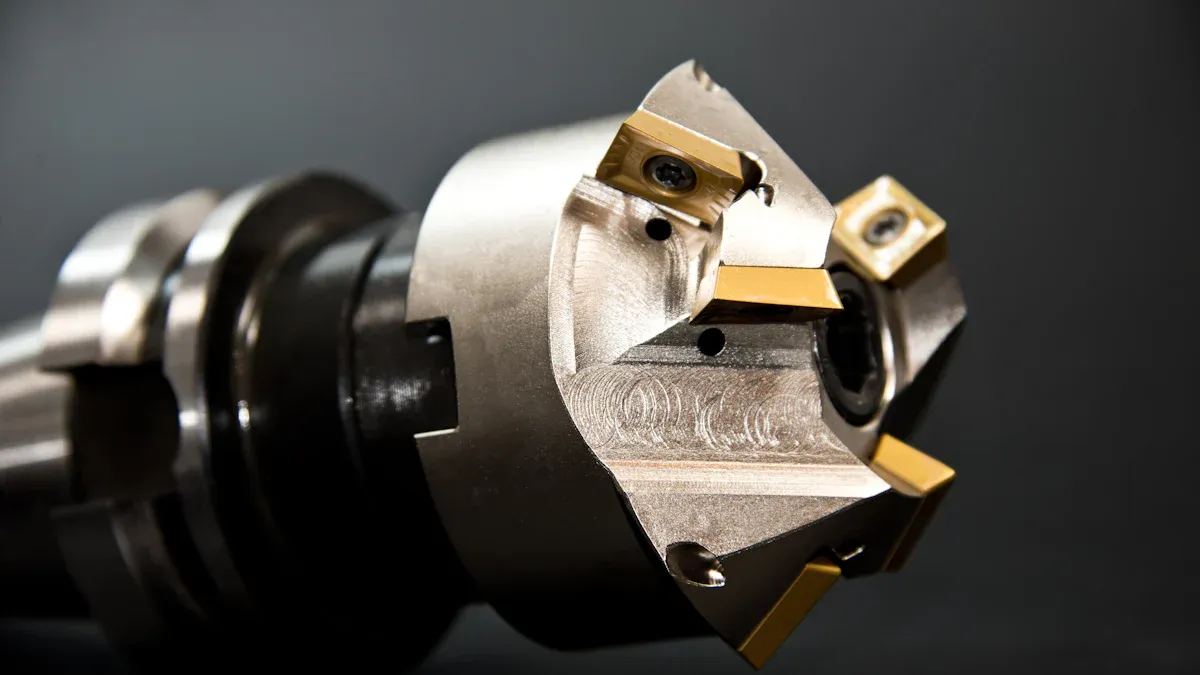
Project Selection
You want to choose the right projects for Swiss Machining. This method works best for small, complex, and high-precision parts. Many industries use it, such as medical, automotive, electronics, and luxury goods. You often see Swiss Machining used for bone screws, dental implants, and watch parts. These parts need tight tolerances and smooth finishes.
You can use some simple rules to see if your part fits. Look at the size and shape of your part. Swiss Machining handles bar stock up to 38 mm (1.5 inches) and works best for parts with a diameter less than 32 mm. If your part is long and thin, with a length-to-diameter ratio greater than 3:1, this process is a good choice. You also get the best results when you need tolerances as tight as ±0.002 mm.
| Criterion | Typical Range/Value | Why It Matters |
|---|---|---|
| Part Diameter | 0.7 mm – 50 mm | Handles small to medium parts |
| Ideal Diameter | Less than 32 mm | Best for Swiss Machining |
| Length-to-Diameter | Greater than 3:1 | Good for long, slender parts |
| Tolerance | ±0.002 mm to ±0.012 mm | High precision for tight fits |
| Production Volume | 100 – 100,000 pieces | Works for small to medium batches |
Tip: If your part needs to be made from tough materials like titanium or stainless steel, Swiss Machining can handle it.
Choosing a Shop
You want a shop that knows Swiss Machining well. Look for experience with your industry and part type. Ask about Future Parts machines and if they use advanced software. A good shop will show you sample parts and explain their process. They should also have quality checks in place. You can ask for references or case studies from past projects.
- Check if the shop can run parts overnight or with little supervision. This lowers costs.
- Ask about future parts ability to hold tight tolerances.
- Make sure they can work with your chosen material.
Cost Strategies
You can save money by planning your project well. Choose the right material and design your part for easy machining. Batch your orders to take advantage of unattended overnight runs. This reduces labor costs and speeds up delivery. Work with your shop to combine steps and avoid extra setups.
Note: Good planning and the right partner help you get the most value from Swiss Machining.
Expert Tips
Maintenance
You want your machines to run smoothly and last a long time. Regular maintenance helps you reach this goal. When you clean, lubricate, and inspect your machine, you keep it working at its best. You also spot problems early, so you avoid sudden breakdowns. This keeps your production on schedule and reduces stress.
- Early detection of issues means less unplanned downtime.
- Cleaning and lubrication help you keep micron-level precision and reduce defects.
- Regular checks extend the life of your tools and machines, saving you money on repairs.
- Good upkeep lowers energy use by keeping systems efficient.
- Clean machines are safer and help prevent accidents.
A 2018 Plant Engineering survey found that most maintenance workers prefer preventive care. Companies that use this approach save between 12% and 18% compared to those who only fix problems after they happen. You can see real savings and fewer delays when you make maintenance a habit.
Tip: Set a schedule for cleaning, oiling, and checking your machine. Use a checklist to make sure you do not miss any steps.
Skill Upgrades
You need to keep learning if you want to stay ahead in machining. New tools, software, and methods come out every year. You can take online courses or attend workshops to learn about the latest technology. Many machine makers offer training videos and guides. You can also join forums or groups where people share tips and answer questions.
Try these ways to upgrade your skills:
- Take short online classes about new machining software.
- Watch training videos from machine makers.
- Join a local or online group for machinists.
- Read trade magazines or blogs for updates.
- Ask your shop to bring in experts for hands-on training.
Remember: The more you learn, the better your parts will be. You will also solve problems faster and make your shop more valuable.
You now know the top secrets of Swiss Machining. When you use these tips, you get better parts, save money, and grow your business. Remember to pick the right projects, keep your machines clean, and keep learning new skills. If you want the best results, talk to experts or join a class.
Keep exploring Swiss Machining to stay ahead in your field!
FAQ
What parts work best with Swiss Machining?
You get the best results with small, long, or complex parts. Swiss Machining handles tight tolerances and thin shapes. Medical screws, watch gears, and electronic pins are good examples.
How do you keep Swiss machines accurate?
Clean your machine often. Lubricate moving parts. Check tool wear and replace tools when needed. Use quality materials. These steps help you keep high accuracy.
Can you use Swiss Machining for large parts?
Swiss Machining works best for parts under 32 mm in diameter. If your part is bigger, you may need a different method. Always check your part size before choosing Swiss Machining.
What materials can you use in Swiss Machining?
You can use many metals, like stainless steel, titanium, brass, and aluminum. Plastics also work well. Ask your supplier about the best material for your project.

